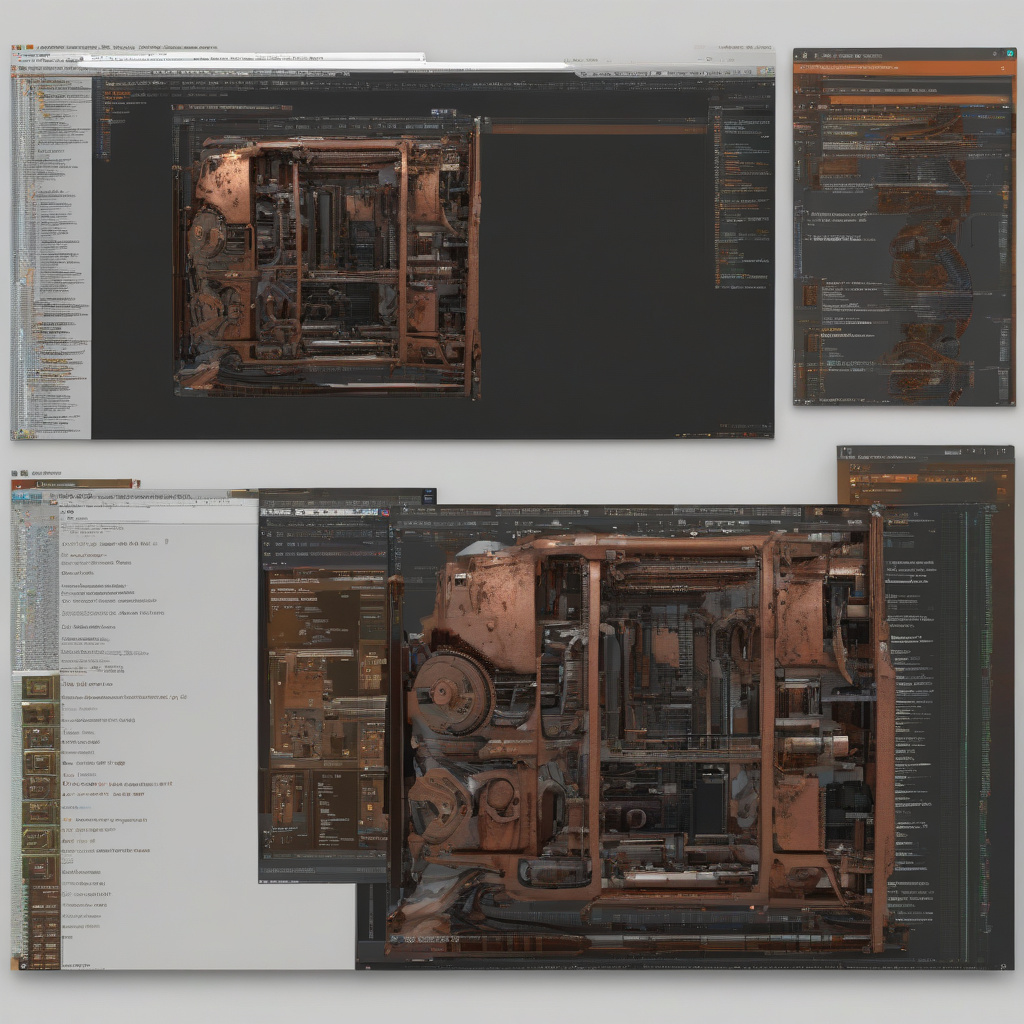In the dynamic realm of software development and data science, the choice of programming language can significantly impact the outcome of projects. Two prominent contenders in this arena are Rust and Python. While Python has long been a favorite among developers, Rust has been gaining traction rapidly, sparking debates about its potential to surpass Python in popularity.
Python, renowned for its readability and versatility, has been a staple in the programming community for years. Its ease of use and extensive libraries make it an ideal choice for tasks ranging from web development to data analysis. On the other hand, Rust, although newer to the scene, boasts robust performance and memory safety features, attracting developers looking for speed and reliability.
The StackOverflow Developer Survey indicates Python’s continued dominance over Rust in terms of preference. However, Rust’s unique strengths shine in certain scenarios where performance and security are paramount. So, which language should you choose for your next project? Let’s delve into the key differences between Rust and Python to help you make an informed decision.
Syntax and Typing
Python’s simplicity and readability are a boon for beginners and seasoned developers alike. Its dynamically typed nature allows for quick prototyping and easy debugging. In contrast, Rust employs a static type system that catches errors at compile time, ensuring a higher level of code safety once mastered.
Performance and Memory Management
Rust’s emphasis on performance is a game-changer for applications where speed is crucial. Its zero-cost abstractions and fearless concurrency make it a top choice for systems programming. Python, while versatile, lags behind Rust in performance-critical applications due to its interpreted nature and automatic memory management.
Concurrency and Parallelism
Rust’s ownership system, borrowing rules, and built-in concurrency support enable developers to write safe, concurrent code with ease. Python, on the other hand, faces challenges with the Global Interpreter Lock (GIL), limiting true parallelism in multi-threaded scenarios.
Ecosystem and Libraries
Python’s extensive ecosystem and libraries cater to a wide range of domains, from web development with Django to scientific computing with NumPy. Rust, although growing, has a more limited library support due to its relative newness. However, Rust’s crates provide high-quality, performant solutions for various use cases.
Ideal Use Cases
Python remains a top choice for data analysis, machine learning, and web development projects where readability and rapid development are paramount. Rust, with its focus on performance and system-level programming, excels in building high-performance web services, operating systems, and game engines.
In conclusion, while Python continues to be the go-to language for a myriad of applications, Rust’s rise signifies a shift towards performance-critical and memory-safe programming. Understanding the strengths and weaknesses of each language is key to selecting the right tool for your projects. Whether you opt for Python’s versatility or Rust’s speed and safety ultimately depends on the specific requirements of your endeavor.
In the ever-evolving landscape of programming languages, embracing the strengths of both Rust and Python can expand your skill set and empower you to tackle diverse challenges with confidence. So, the next time you embark on a coding adventure, consider the unique attributes of Rust and Python to unleash the full potential of your projects.

